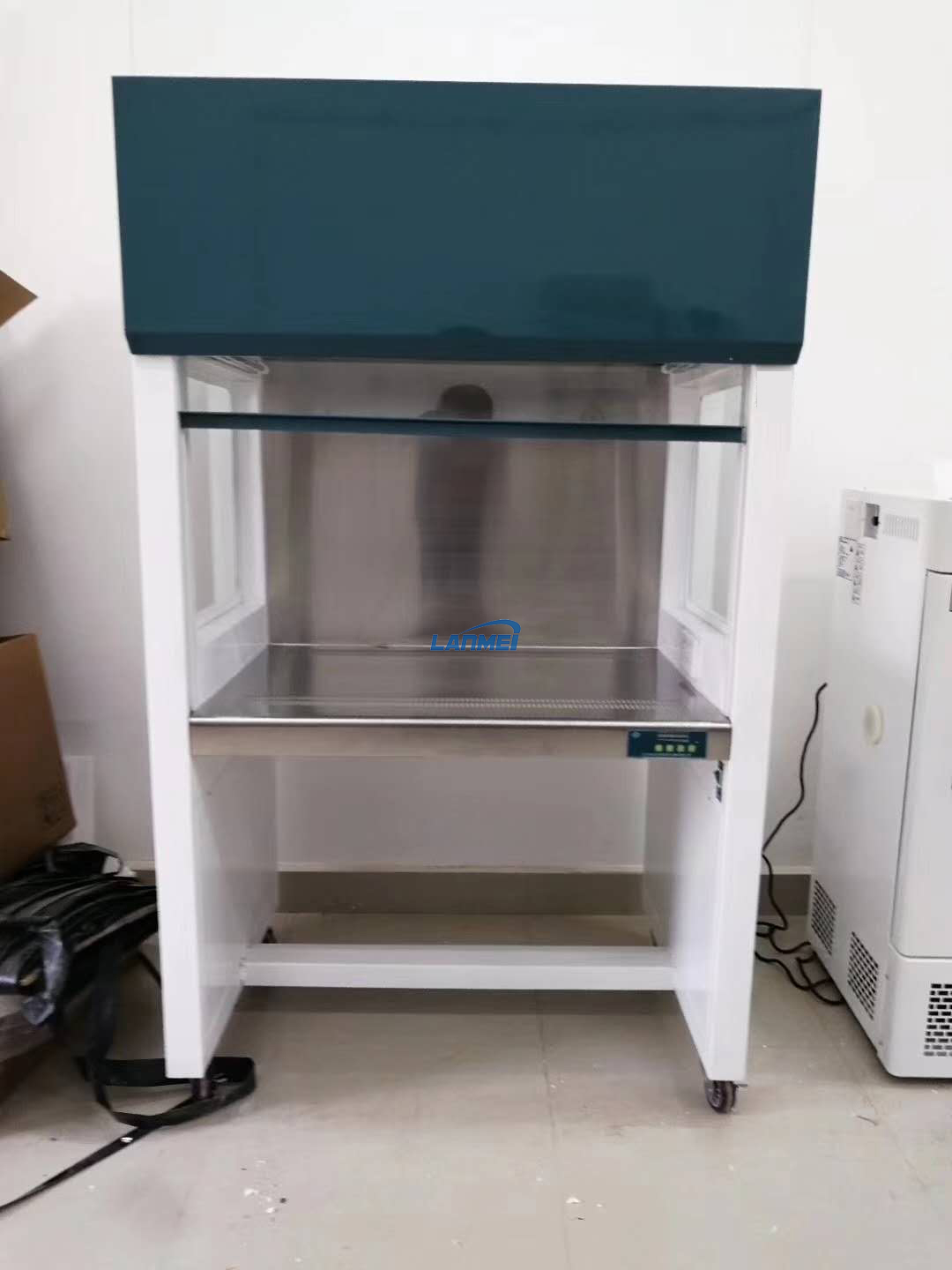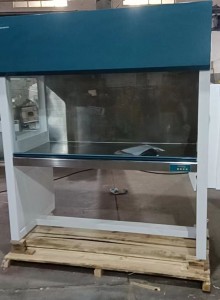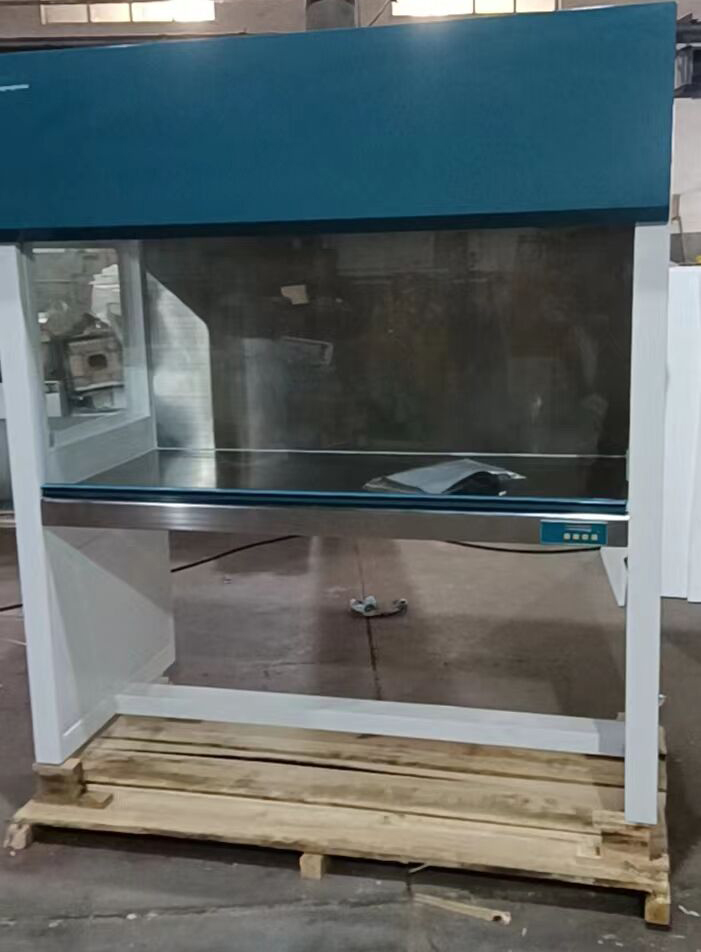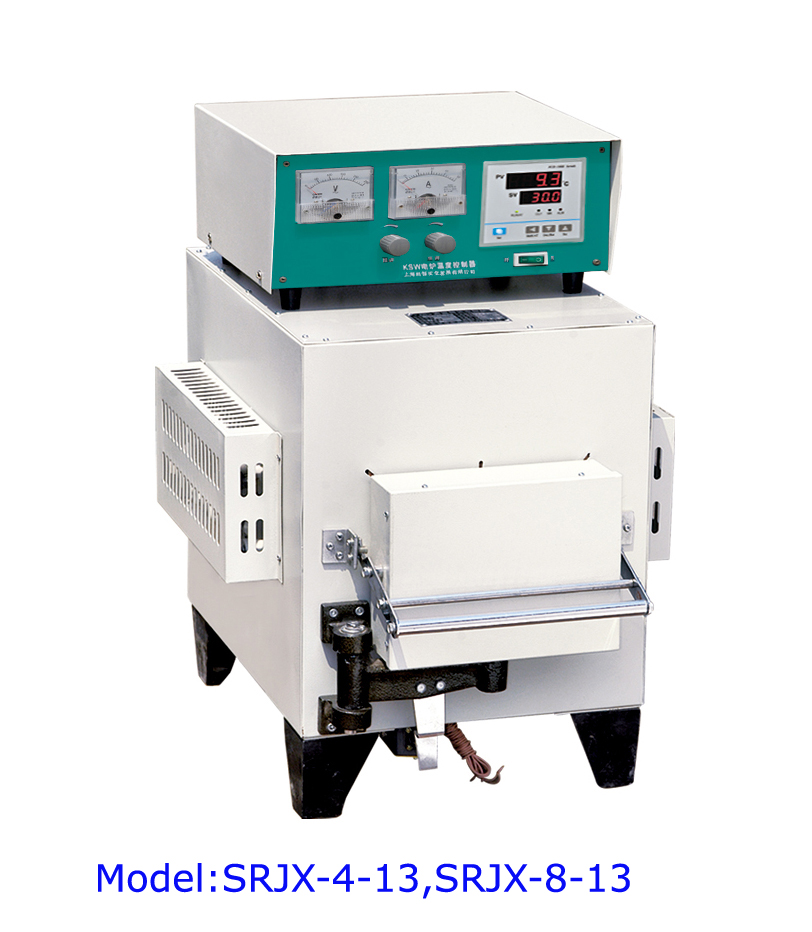Laminar Flow Cabinet/ Laminar Flow Hood/clean Bench
- Product Description
Laminar Flow Cabinet/ Laminar Flow Hood/clean Bench
Uses:
Clean bench is widely used in pharmaceutical, biochemical, environmental monitoring, and electronic instrumentation, and other industries, providing local clean working environment.
Characteristics:
▲The shell is made of high quality steel plate,with surface of electrostatic spraying,attractive appearance.▲ Workspace is made of imported stainless steel, the transparent glasses side panels are on both sides, firm and durable, the working area is simple and bright.▲ The machine adopts the centrifugal fan, stable, low noise, and blowing rate is adjustable to ensure that the workspace is always in perfect condition.▲The top equipped with lighting and sterilization devices.
Main Features
1. Vertical laminar flow, with SUS 304 stainless steel bench board, effectively prevents external air into the cleaning work environment.
2. High quality low noise centrifugal fan ensures the stable speed. Touch type air flow control system, the five sections wind speed control, adjustable speed 0.2-0.6m/s (initial:0.6m/s; final:0.2m/s)
3. High quality filter ensures dust can be filtered more than 0.3um.
4. UV lamps and lighting control independently
Optional separating laminar flow cabinet
| VD-650 | |
| Neatness class | 100class(US federation209E) |
| Average wind velocity | 0.3-0.5m/s (There are two levels for adjusting, and the recommend speed is 0.3m/s ) |
| Noises | ≤62dB(A) |
| Vibration/half peak value | ≤5μm |
| Illumination | ≥300Lx |
| Power supply | AC,single-phase220V/50HZ |
| Maximum power consuming | ≤0.4kw |
| Specification and quantity of the fluorescent lamp and the UV lamp | 8W,1pc |
| Specification and quantity of the high efficiency filter | 610*450*50mm,1pc |
| Size of working area (W1*D1*H1) |
615*495*500mm |
| Overall dimension of the equipment(W*D*H) | 650*535*1345mm |
| Net Weight | 50kg |
| Packing size | 740*650*1450mm |
| Gross weight | 70kg |
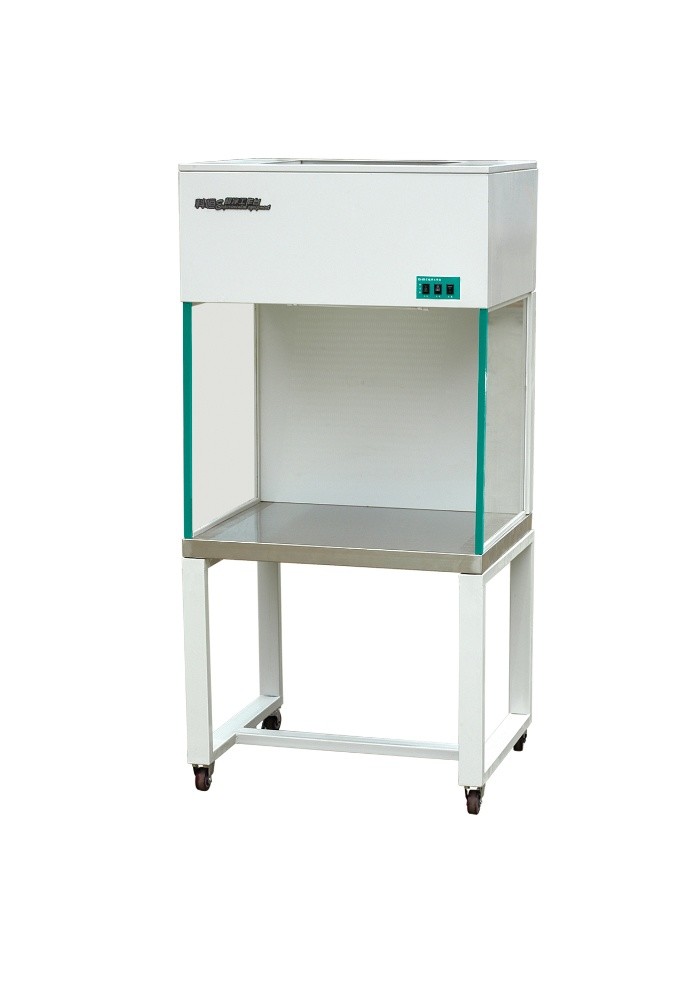
ALL -STEEL laminar air flow cabinet:
| Model | CJ-2D |
| Neatness class | 100class(US federation209E) |
| Bacterial count | ≤0.5/vessel.per hour(petri dish is dia.90mm) |
| Average wind velocity | 0.3-0.6m/s (adjustable) |
| Noises | ≤62dB(A) |
| Vibration/half peak value | ≤4μm |
| Lllumination | ≥300Lx |
| Power supply | AC,single-phase220V/50HZ |
| Maximum power consuming | ≤0.4kw |
| Specification and quantity of the fluouescent lamp and the urltraviolet lamp | 30W,1pc |
| Specification and quantity of the high efficiency filter | 610*610*50mm,2pc |
| Size of working area (L*W* H) |
1310*660*500mm |
| Overall dimension of the equipment(L*W*H) | 1490*725*253mm |
| Net Weight | 200kg |
| Gross weight | 305kg |
Laminar Air Flow Cabinet: An Essential Tool for Contamination Control
In environments where sterile conditions are crucial, such as laboratories, research facilities, and pharmaceutical manufacturing plants, the use of a laminar air flow cabinet is an essential practice. This specialized piece of equipment provides a controlled environment that minimizes the risk of contamination, ensuring the integrity of experiments, research, and production processes.
A laminar air flow cabinet works by directing a continuous stream of filtered air across the work surface, creating a laminar flow that carries away any airborne contaminants. This vertical or horizontal airflow creates a clean and sterile workspace for performing sensitive tasks such as tissue culture, microbiological work, and pharmaceutical compounding.
The primary purpose of a laminar air flow cabinet is to maintain a controlled environment that meets specific cleanliness standards. This is achieved through the use of high-efficiency particulate air (HEPA) filters, which remove particles as small as 0.3 microns from the air, ensuring that the workspace remains free from microbial and particulate contamination.
There are two main types of laminar air flow cabinets: horizontal and vertical. Horizontal laminar flow cabinets are designed for applications where the protection of the product or sample is the key consideration. These cabinets provide a constant flow of filtered air across the work surface, creating a clean environment for delicate tasks such as filling, packaging, and inspection.
On the other hand, vertical laminar flow cabinets are designed for the protection of the operator and the environment. These cabinets direct the filtered air downward onto the work surface, providing a sterile environment for activities such as tissue culturing, media preparation, and specimen handling. Additionally, vertical laminar flow cabinets are often used in medical and pharmaceutical settings for the compounding of sterile drugs.
The benefits of using a laminar air flow cabinet are numerous. Firstly, it provides a safe and sterile environment for handling sensitive materials, ensuring the integrity of experiments, research, and production processes. Additionally, it protects the operator from exposure to hazardous substances and minimizes the risk of contamination in the surrounding environment. Moreover, it helps to maintain the quality and consistency of products by preventing contamination during critical processes.
In conclusion, laminar air flow cabinets play a crucial role in contamination control in environments where sterile conditions are paramount. By providing a controlled environment with a constant flow of filtered air, these cabinets ensure the integrity and reliability of experiments, research, and production processes. Whether used for tissue culture, microbiological work, pharmaceutical compounding, or other sensitive tasks, a laminar air flow cabinet is an essential tool for maintaining cleanliness and sterility.


